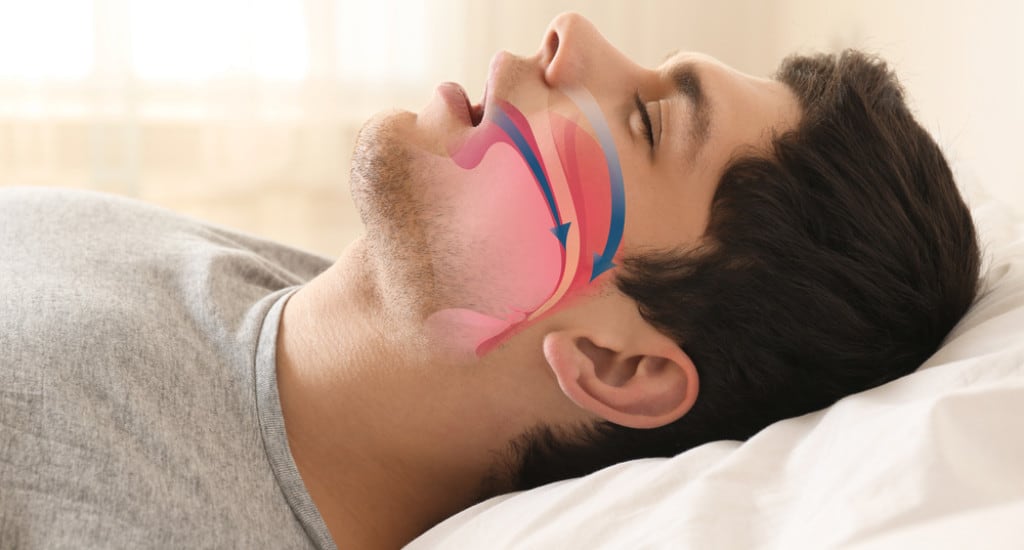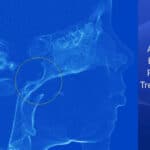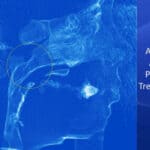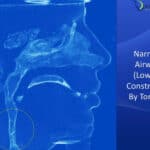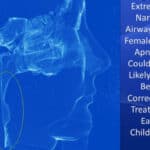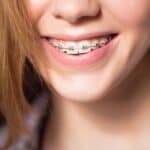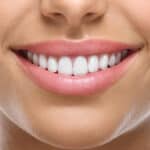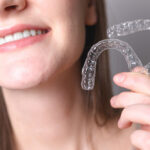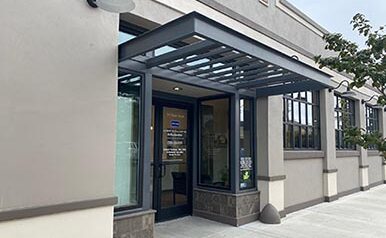Now that we can better visualize airways
Now that we can better visualize airways and actually do volumetric airway measurements in Dentistry with 3D Cone Beam Computerized Technology (CBCT), it has become a hot topic. Not that airway concerns in orthodontics are new. We have known for decades that mouth breathers with enlarged adenoids or tonsils and/or nasal congestion from allergies tended to have long face vertical growth patterns with narrow maxilla’s and posterior cross bites and anterior open bites. But now, with our CBCT and increasing concerns of the health and safety issues related to sleep disorders, Airway discussions are on the front page.
There is considerable controversy and polar opposite opinions regarding how much airway is affected by our dental treatment choices. I have attended a good number of lectures on airway with passionate proponents of all points of view, but the fact is that there is little or no conclusive evidence that give us clear direction. As professionals we must gather the information we can and assess each patient individually, and not jump on any bandwagons without good evidence and reasoning.
Here are some bullet points:
- The concern is that any treatment that restricts the tongue could cause the tongue to fall back in the oral cavity and restrict air flow. These might include:
- Extraction of bicuspids and resulting retraction of anterior teeth and narrowing of the arch
- Retraction techniques such as Headgear and various push/pull functional appliances such as the Herbst and Forsus appliances
- Protraction techniques that bring the mandible, maxilla, and teeth forward are believed to be favorable
- Note that there is no scientific evidence that supports this theory and I have read multiple citations that headgear treatment and extractions have not shown a statistically measurable effect on airway in controlled studies
- Airway should be assessed in all patients and I recommend a simple Epworth Sleepiness Screening questionnaire be done all patients. (This can be downloaded online).
- Snoring is not normal in children and a more involved look at the airway in snoring kids is highly recommend
- Parents should observe their kids sleeping and if they seem to stop breathing during sleep and then struggle to re-start, they may have pediatric sleep apnea.
- Early intervention is often indicated with:
- Palatal Expansion
- Maxillary Protraction
- Removal of Adenoids and Tonsils
- Early Allergy Treatments
- In my experience airways are opened in nearly 100% of my cases with early expansion
- The Flip sides of the Arguments:
- Mandibular Protraction Appliances (MPA’s)
- move the condyles of the joint down the eminence to an anatomically unstable position
- cause flaring of the lower anterior teeth
- Non-extraction approaches to crowded mouths can lead to
- Flaring of the teeth with overly full profiles
- Tipping down upper palatal cusps and tipping up of lower lingual cusps thereby propping open the bite
- Creation of a tongue thrust
- Periodontal compromises such as gingival recession, root exposure, sensitivity, and dehiscences as the roots are pushed out the buccal plate of the alveolar ridge.
- Note: Despite the claims of some proponents of “special bracket systems”, there is no evidence that light gentle forces with self-ligating brackets lead to buccal bone apposition with expansion.
- Clicking and popping of the TMJ (jaw joint)
- Inappropriate use of extractions can lead to serious esthetic compromises with loss of hard tissue support of the lips and cheeks.
- Mandibular Protraction Appliances (MPA’s)
- Sleep apnea is a very real concern:
- We are finding correlations related to sleep apnea and stroke, heart disease, diabetes, ADHD, high blood pressure and depression. Also, there have been numerous reports of deaths and injury related to drivers with sleep apnea falling asleep at the wheel of a moving vehicle.
- CPAP (Continuous Positive Airway Pressure) machines, while often life-saving, can be very difficult to wear
- Dental Sleep Apnea appliances might lead to changes in occlusion and TMJ problems if not properly managed
- An IMPAK positioner with full occlusal coverage that brings the mandible forward is nearly 100% effective in reducing snoring and 50-75% effective in reducing sleep apnea symptoms. These should only be used in conjunction with a physician for sleep apnea cases. Some patients have a little problem getting their mandible back in the glenoid fossa in the morning after a night of positioner wear. For those I make a second soft positioner in centric relation/centric occlusion to gently settle to condyles back into the joint in the morning
- Orthognathic surgery that brings both jaws forward, pulling the soft tissues forward, is oftentimes an excellent solution for sleep apnea, especially if there are other facial balance and occlusal/orthodontic concerns
The issues surrounding airway are not as clear cut and straight forward as many might lead you to believe. While so called Evidence Based practice has its place, we must accept that not all clinical research is perfect and much is subject to investigator biases. We must also use our personal experiences and judgment in choosing recommendations for our patients.
In my practice, I do a complete assessment of our patient’s occlusion, health history, facial balance, and airway and then discuss individualized options for their particular circumstances with an evaluation of benefits and risks. Included in our evaluation are:
- Mounted models to assess the bite in centric relation with the mandible seated in the jaw joint
- Evaluation of the Temporomandibular Joint (TMJ) and the muscles
- Signs of tooth grinding and associated wear on the teeth
- An Epworth sleepiness survey
- Evaluation for tumors and sinus obstructions
- Tongue function
I hope this was interesting and useful for you.
Richard Portalupi, DDS, MSD (530) 662-9191
Orthodontics and TMJ Therapy for Children and Adults
1204 Cottonwood Street, #1
Woodland, CA

